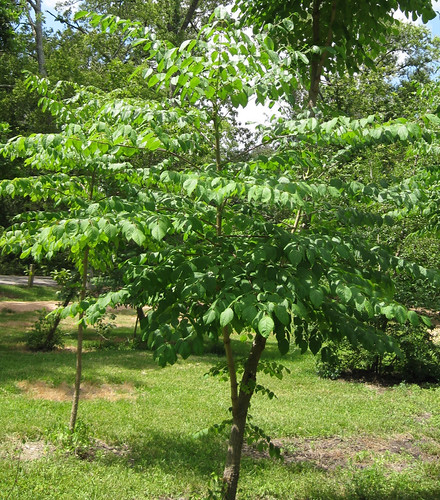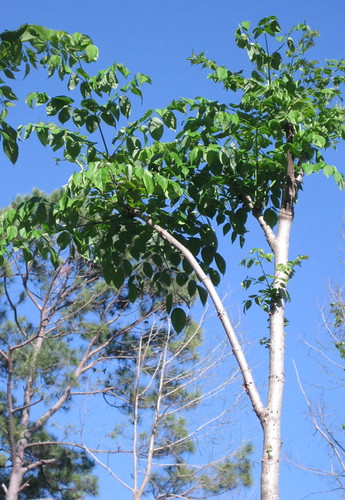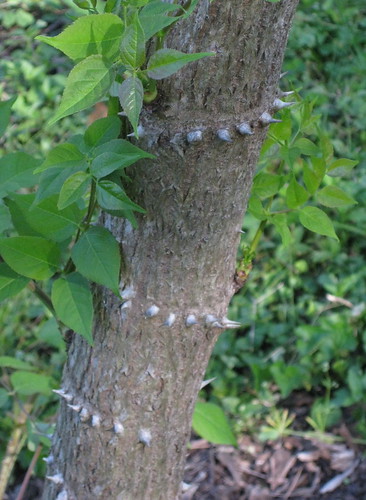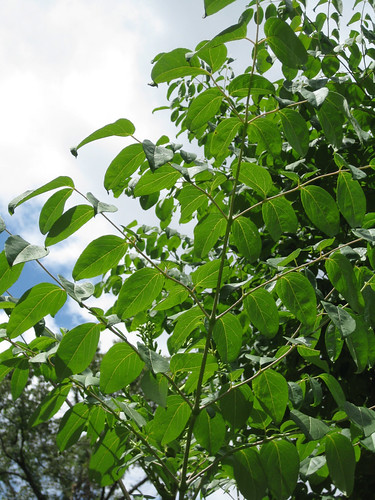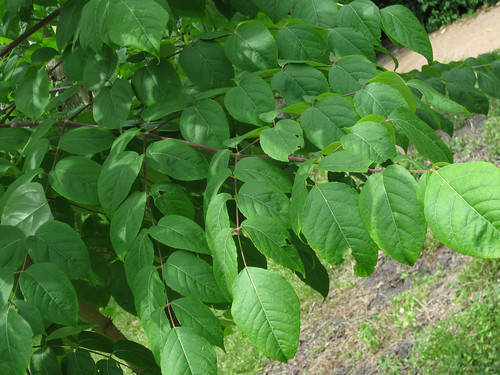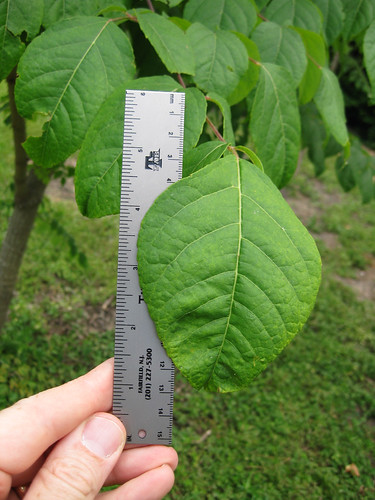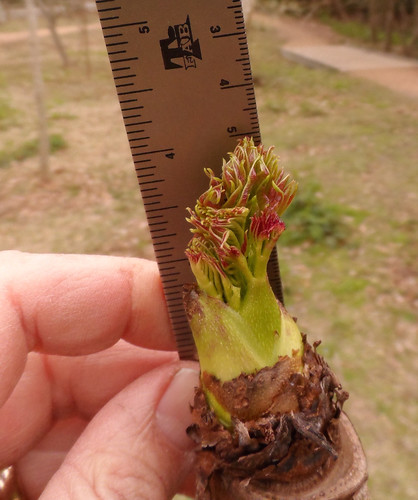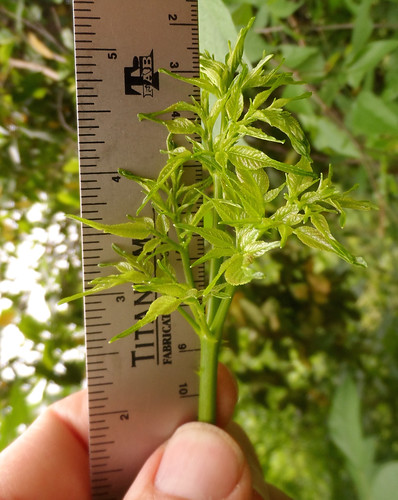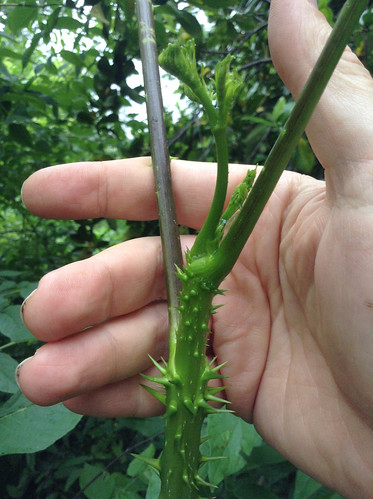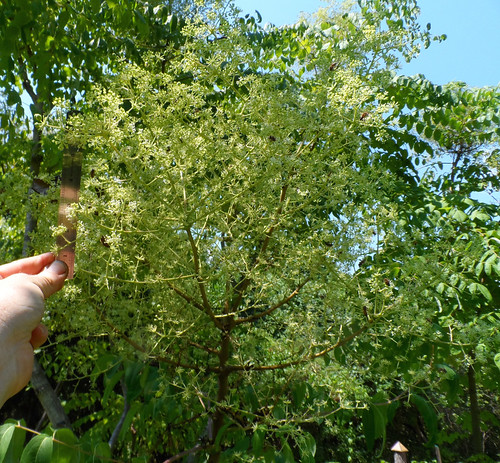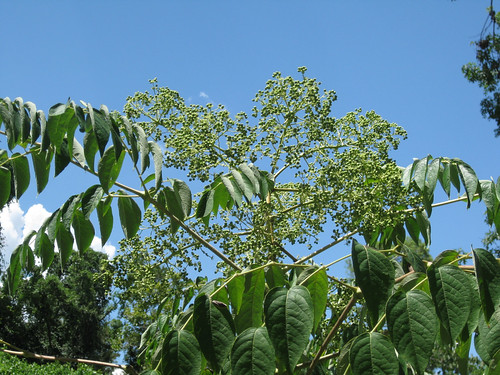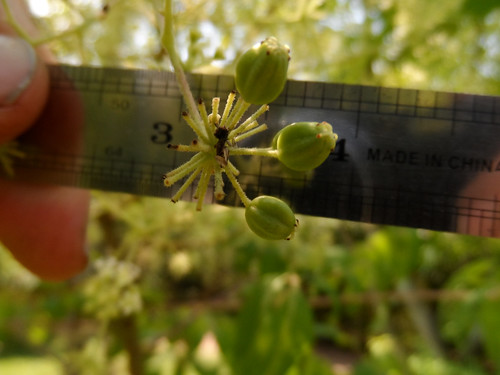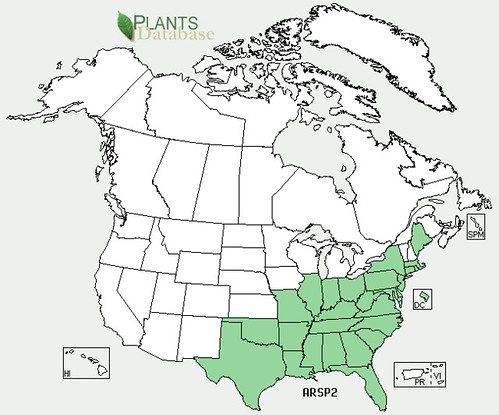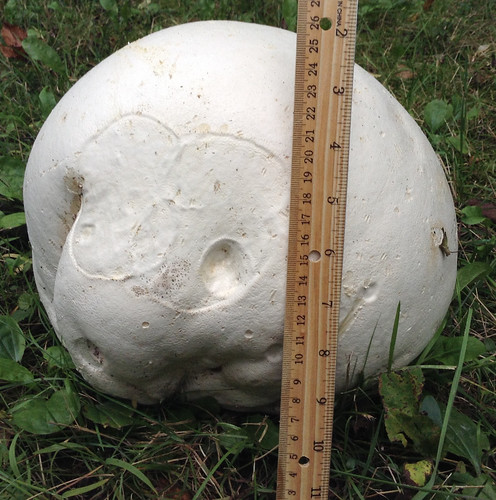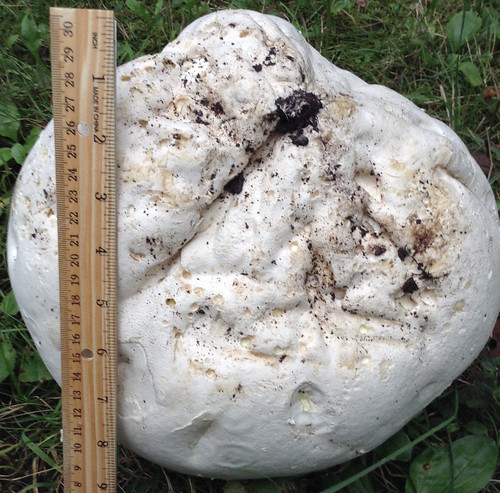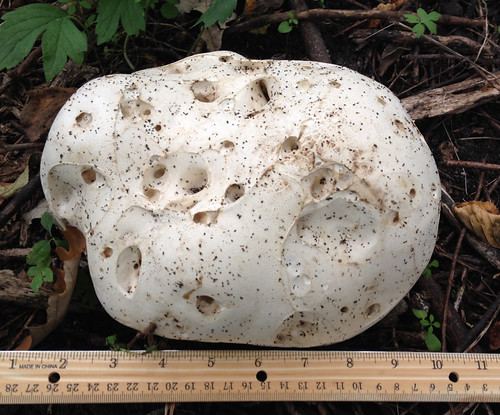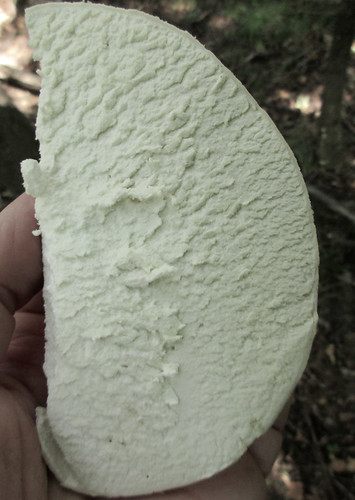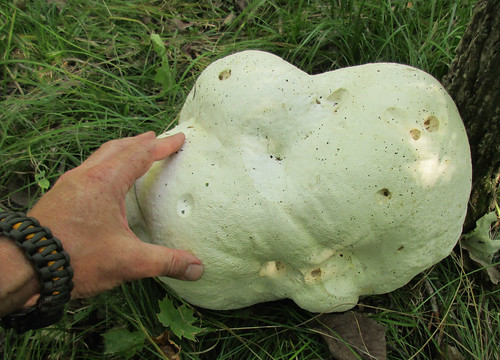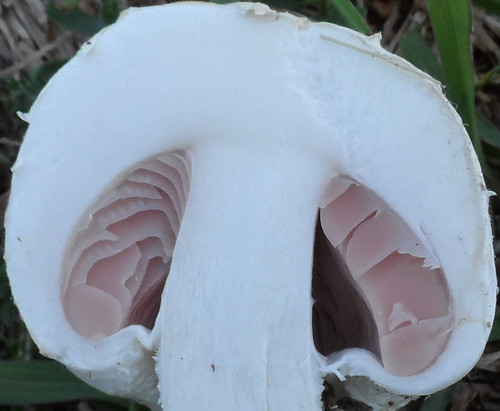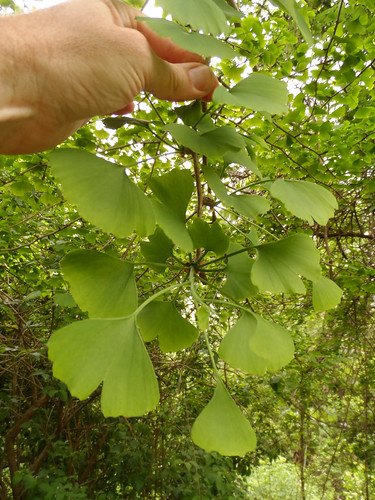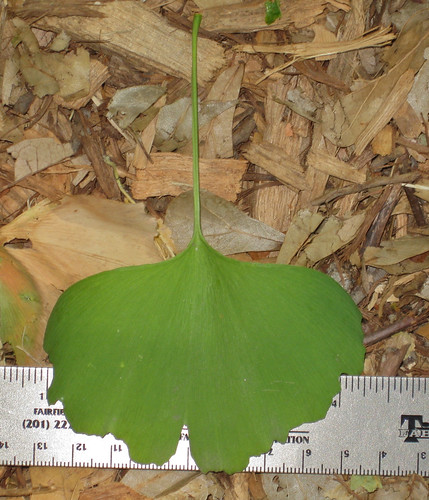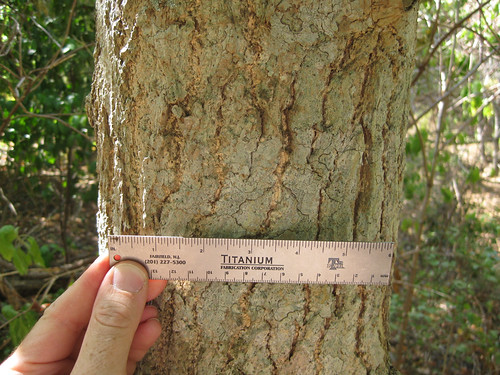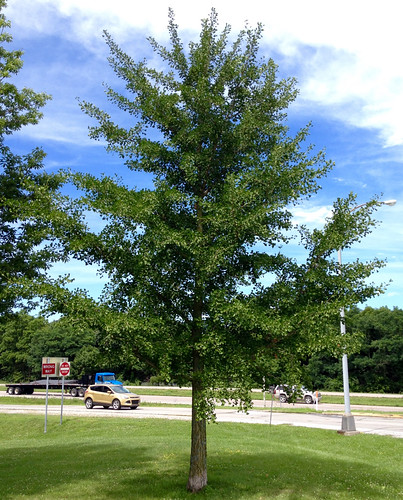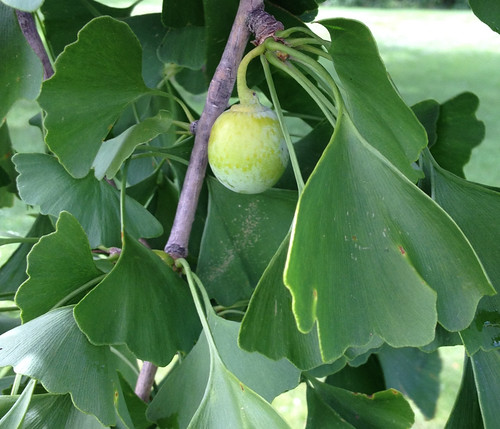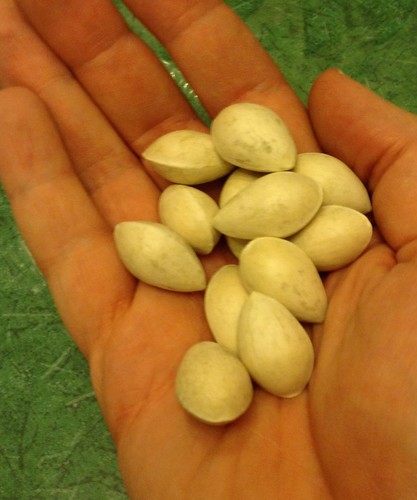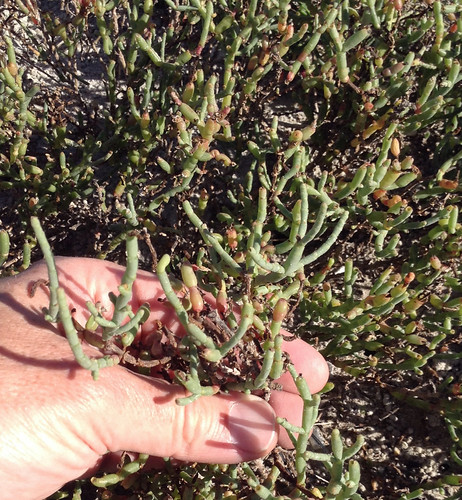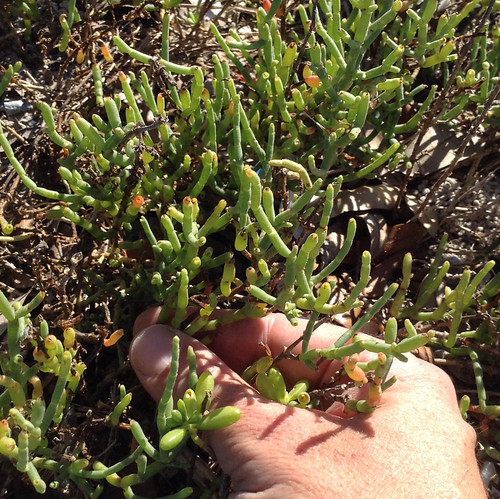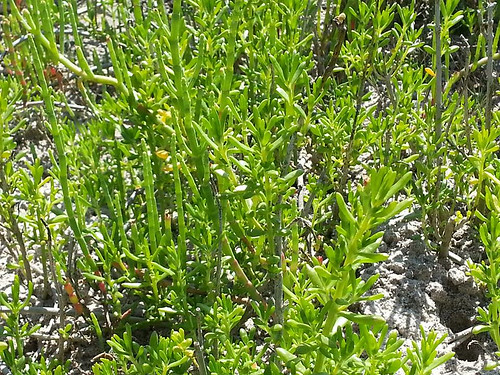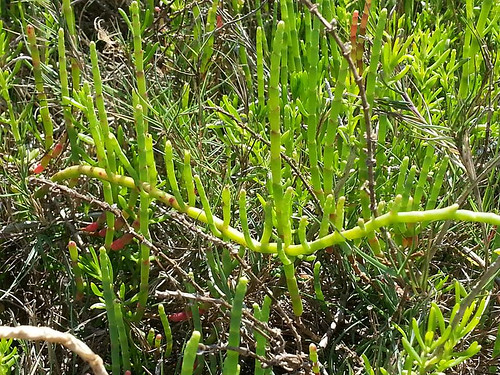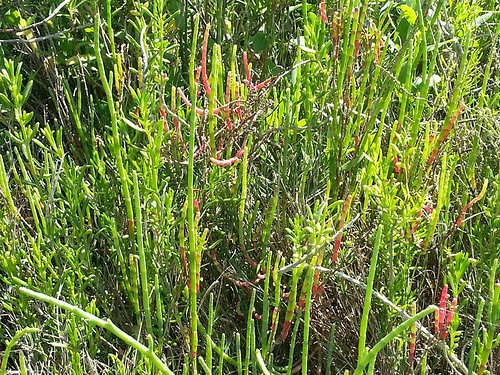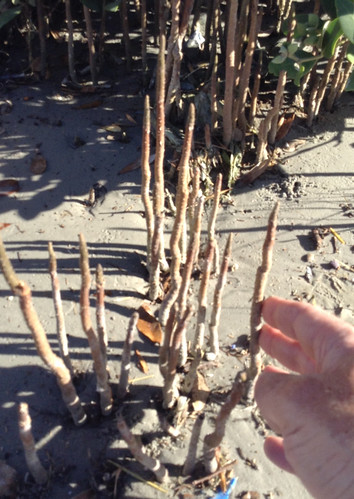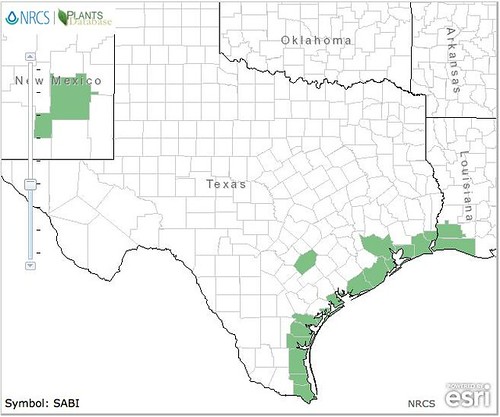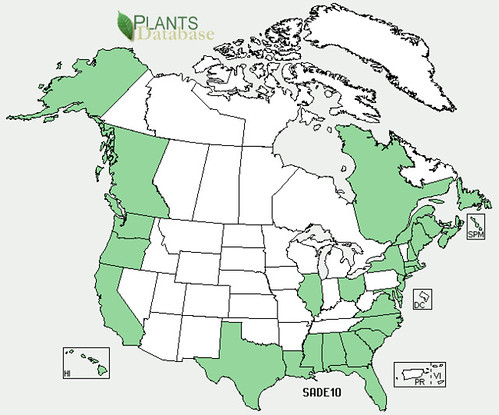Abundance: rare (in TX, uncommon elsewhere)
What: leaves, flowers
How: salad, smoothies, tea
Where: fields, disturbed areas, sunny, shade
When: winter, spring
Nutritional Value: vitamins, iron, antioxidants
Medicinal Summary:
Leaves - hemostatic; diuretic; sweat inducer (poultice, tisane)
Seeds - antioxidant (raw, ticture, tisane)
Cluster of Dead Nettle plants.

Dead Nettle.

Root to tip of a Dead Nettle plant.

Close-up of Dead Nettle head before flowers are fully formed.

Dead Nettle are in the mint family and so have the square hollow stems and alternating opposed leaves of this family.
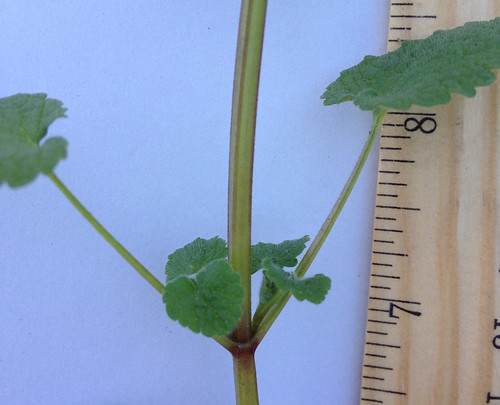
Texas distribution, attributed to U. S. Department of Agriculture. The marked counties are guidelines only. Plants may appear in other counties, especially if used in landscaping.

North American distribution, attributed to U. S. Department of Agriculture.

I've only found one colony of Dead Nettles in Texas and as the USDA map indicates, it was up in East Texas. Dead Nettles look very similar to the very common Henbit (Lamium amplexicaule) but Dead Nettle leaves are pointed triangular whereas Henbit leaves are "kidney" shaped at first then mature to very rounded triangles. Dead Nettles leaves have a somewhat purple shade whereas Henbit leaves are green. Dead Nettle leaves are somewhat more hairy than Henbit leaves, especially along the edges. Both have purple, tubular flower appearing in clusters at the top of the plant.
Dead Nettles are usually found in fields, yards, and disturbed areas such as roadsides and abandoned lots. In East Texas look for them at the same time Henbit is appearing, usually late winter/early spring. They seem to prefer sunny areas but can also grow in shade.
The leaves of Dead Nettle are added raw to salads but can be cooked, too. They have a mild, almost bland flavor. Some people add them to springtime smoothies along with Chickweed and other spring weeds. I haven't tried it yet but I'd bet they ferment well.
Dead Nettle seeds supposedly have some strong antioxidants but they are small and it'd take a lot of plants to produce enough seeds to do any good. You're better off spreading the seeds around to increase the population of this funky, purplish plant.
Buy my book! Outdoor Adventure Guides Foraging covers 70 of North America's tastiest and easy to find wild edibles shown with the same big pictures as here on the Foraging Texas website.


